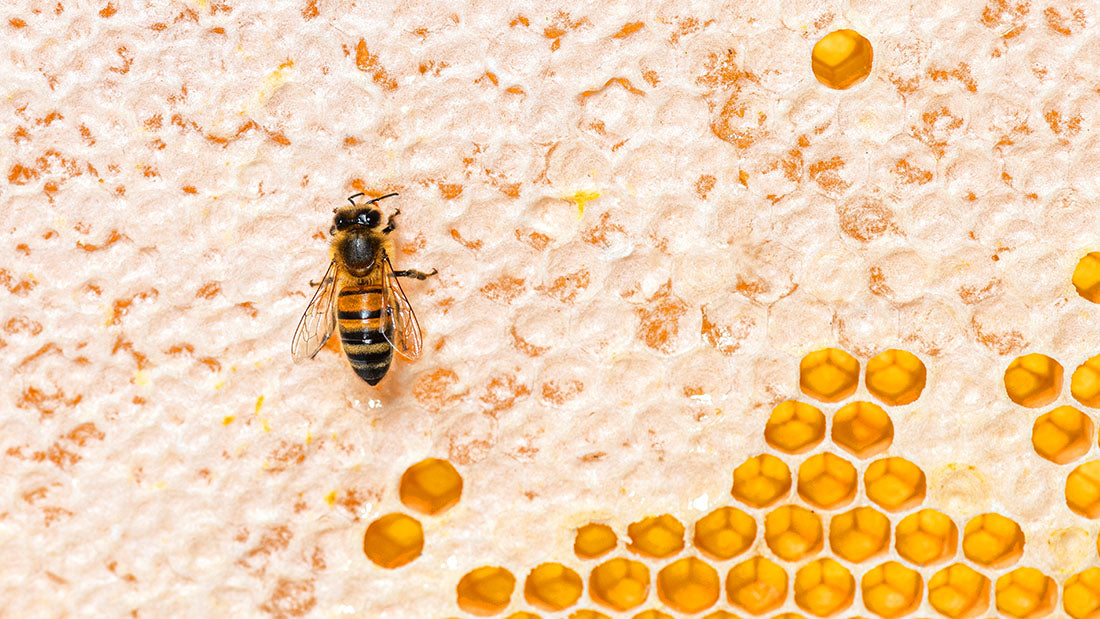Understanding Hive Zones and Their Significance
Within a beehive, there are three distinct zones, each with its unique purpose and role in the colony's functioning:
1. Brood Chamber: This is the area of the hive closest to the entrance at the bottom. It serves as the nursery, containing eggs, larvae, and pupae. Bees regulate the temperature and humidity in the brood chamber meticulously, maintaining it at around 94 degrees Fahrenheit with 60-70% relative humidity. Monitoring the brood chamber is crucial for beekeepers to ensure the queen is laying sufficient eggs, that developing bees are free from diseases and pests, and that there is enough nutrition for the colony's growth and survival.
2. Transition Zone: The transition zone lies just outside the brood chamber. In this area, bees store pollen and prepare cells for the queen to lay eggs. Cells in this zone are often referred to as "polished" and serve as an intermediate space between the brood chamber and the honey storage area.
3. Honey Storage: The uppermost part of the hive is designated for honey storage. Bees collect nectar and convert it into honey, which they store in this area. The majority of honey storage typically occurs during the months of May and June, with honey harvesting taking place in late June or early July.
In The Keeper's Hive, these zones are well-defined, thanks to the use of a queen excluder and a single-box brood chamber setup. The brood chamber is situated below the queen excluder, the transition zone is the medium spacer box directly above the queen excluder, and all boxes above this are reserved for honey storage.
Understanding these hive zones helps beekeepers anticipate what they should observe during inspections, and any deviations from these expectations may signal issues requiring intervention. The Keeper's Hive design makes monitoring and caring for the brood chamber particularly straightforward, contributing to the overall health and productivity of the colony.
As a responsible beekeeper, it's your duty to provide your bees with a suitable environment—one that is dry, adequately sized, free from disease, well-insulated, and well-nourished. By doing so, you help ensure that your bees can live stress-free lives, thrive, pollinate local plants, and provide you with honey. Beekeeping is a partnership with nature, and your commitment to your bees is crucial for their well-being and success.
Happy beekeeping! 🐝🏡🍯
-George

